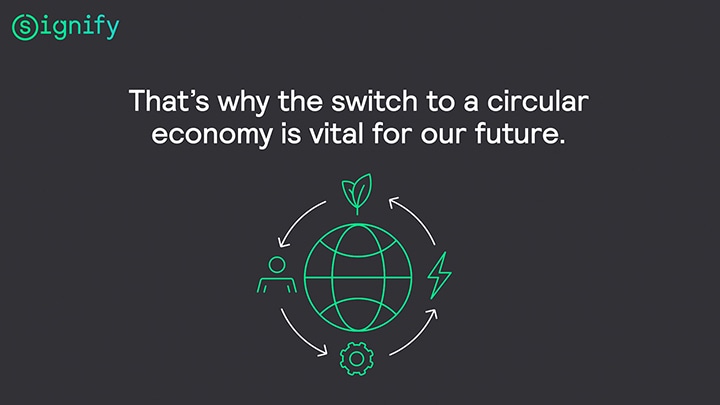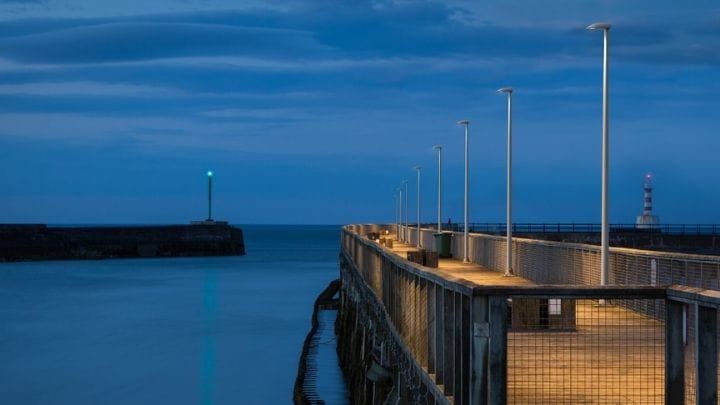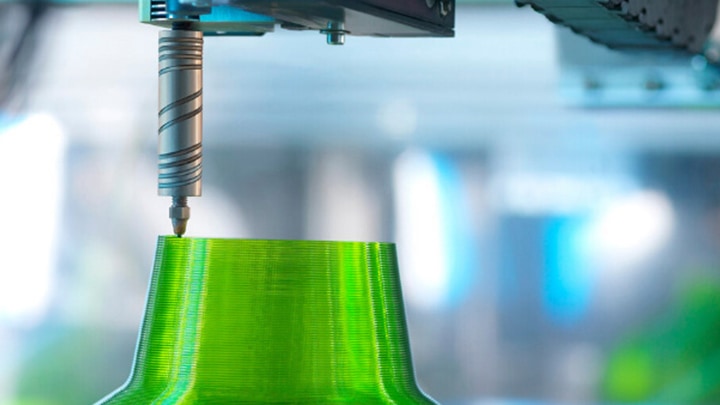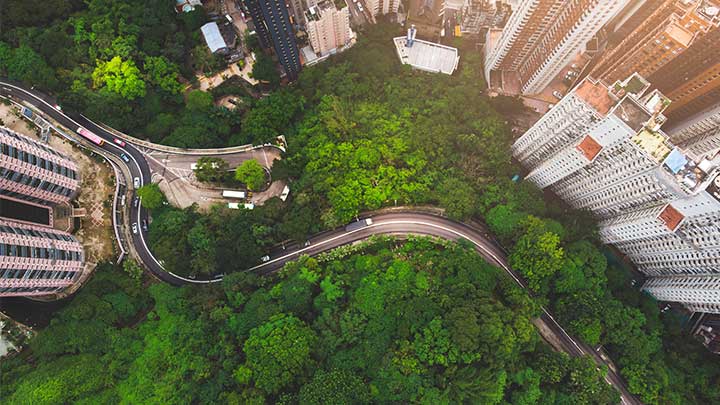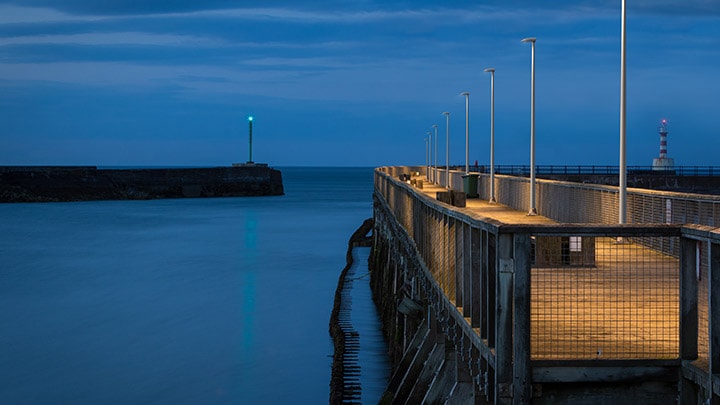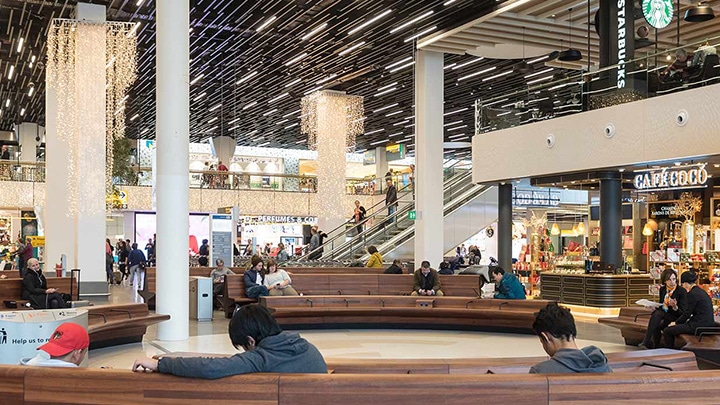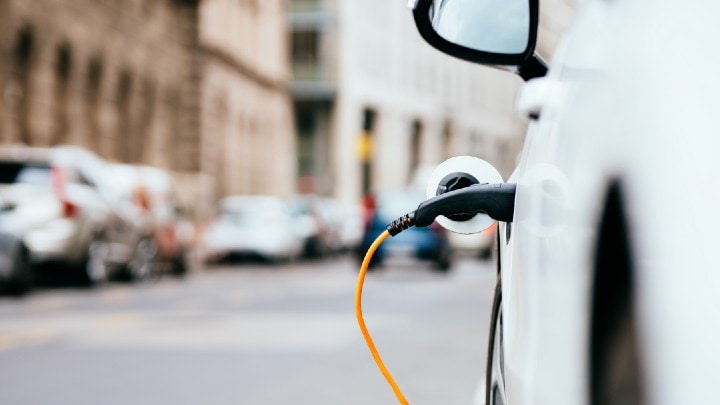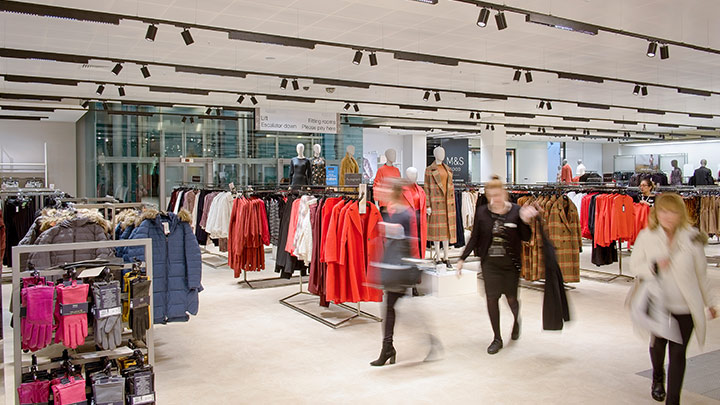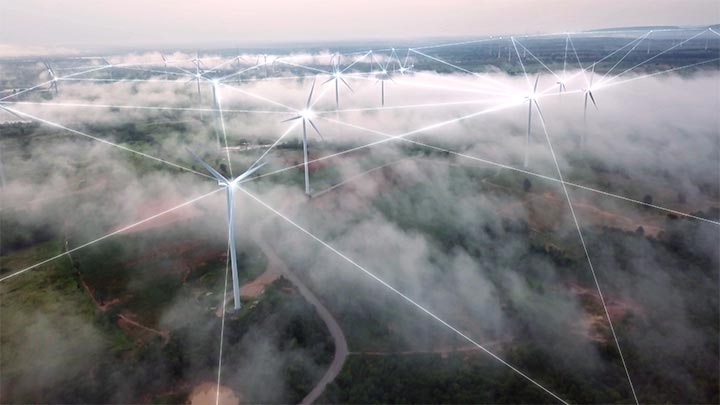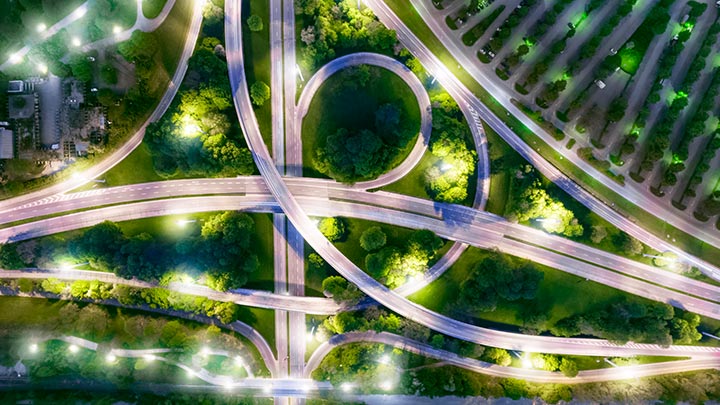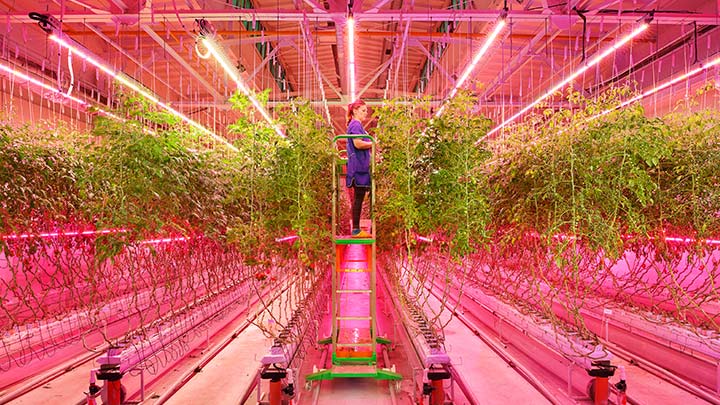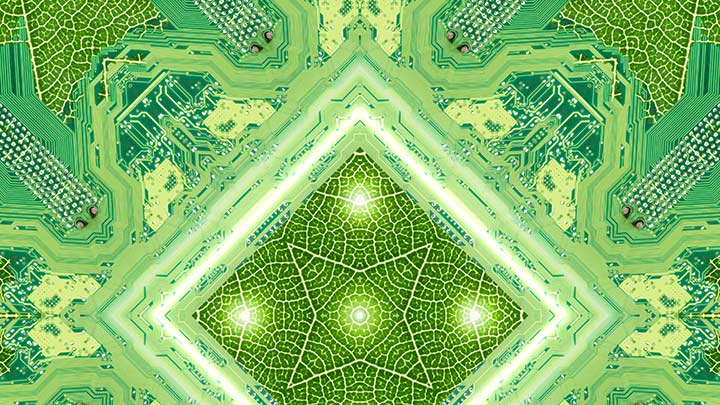To keep going, the ‘take-make-waste’ economy will need to consume the resources of three planet earths by 2050. Not only that, but half of all greenhouse gas emissions and more than 90% of biodiversity loss come from making and using new materials. That’s why the switch to a circular ‘use-reuse-regenerate’ economy is so important to protect the environment and ensure a sustainable future.
